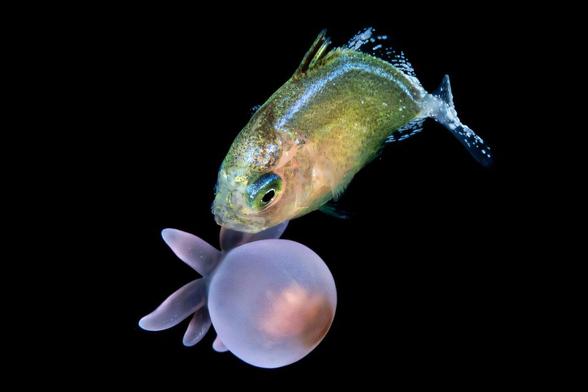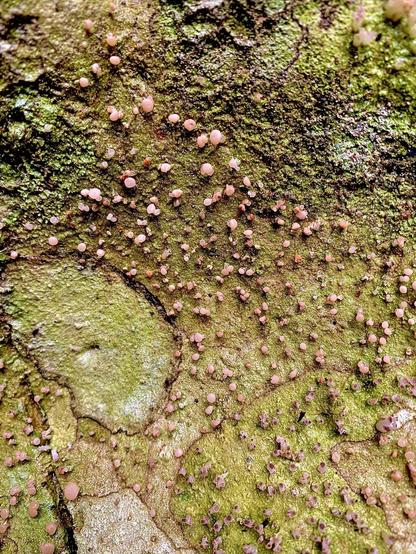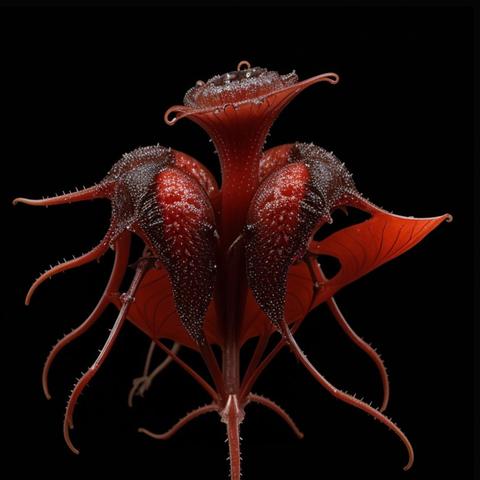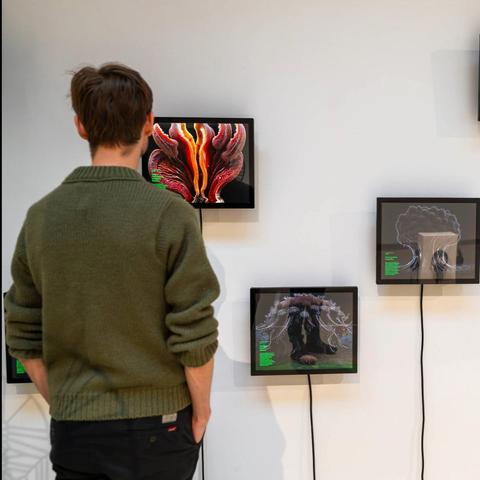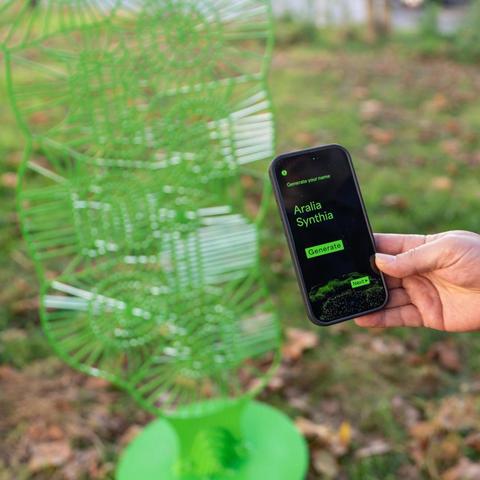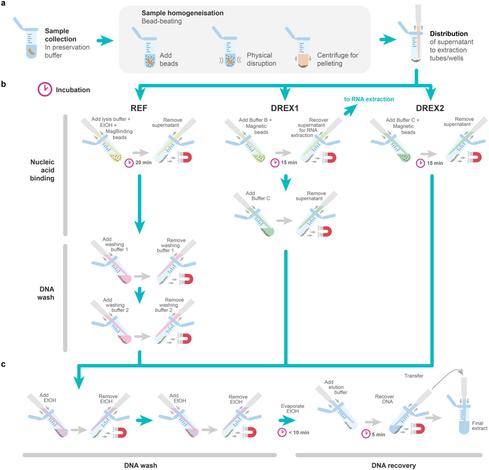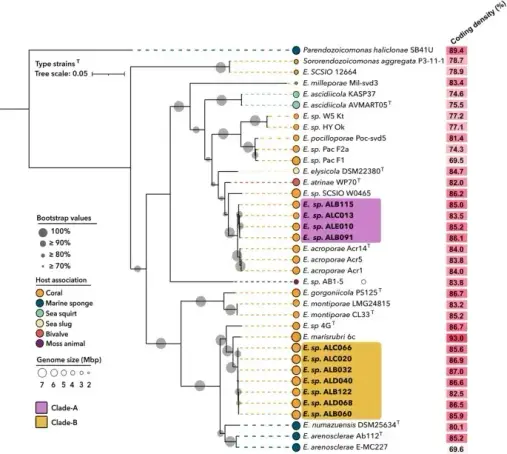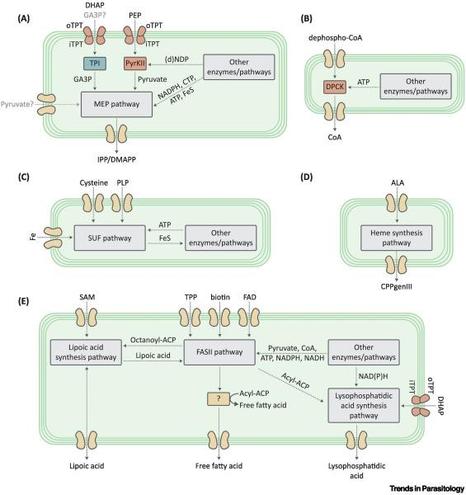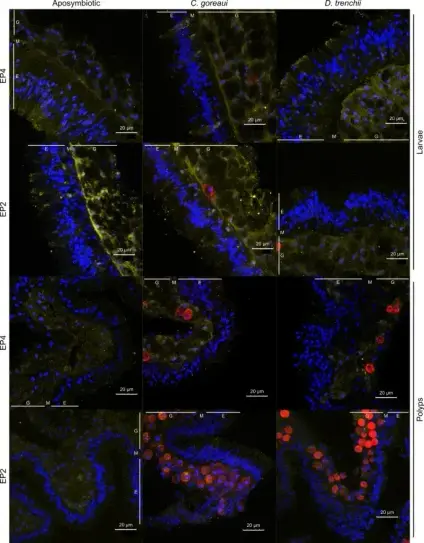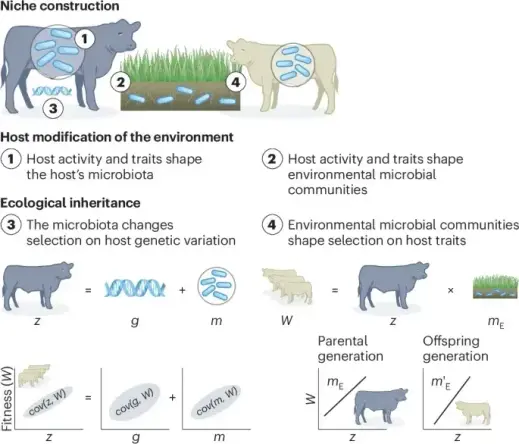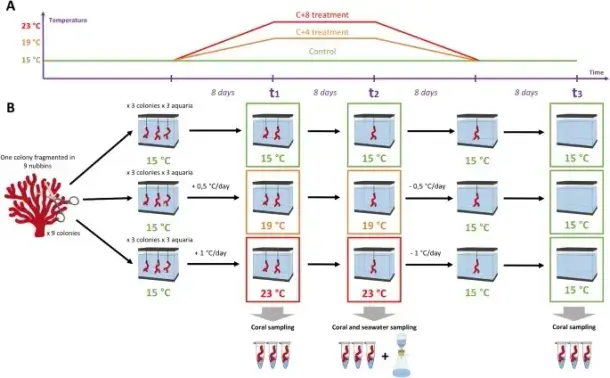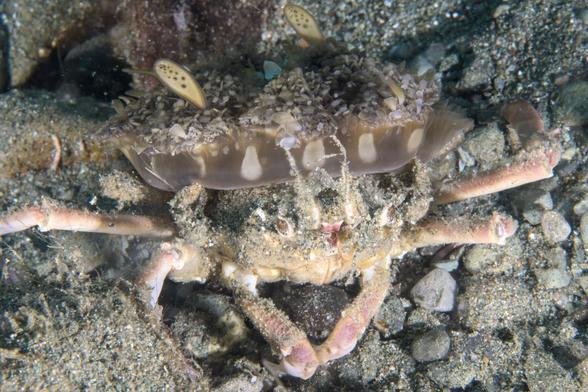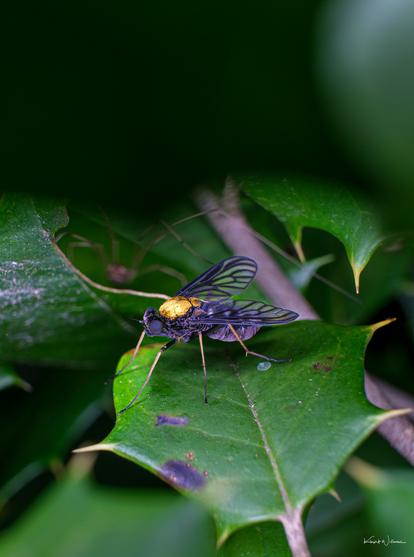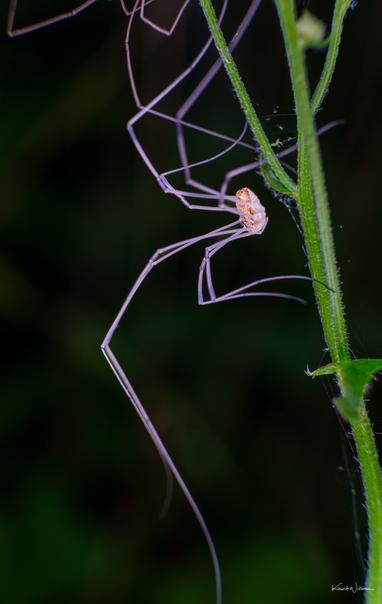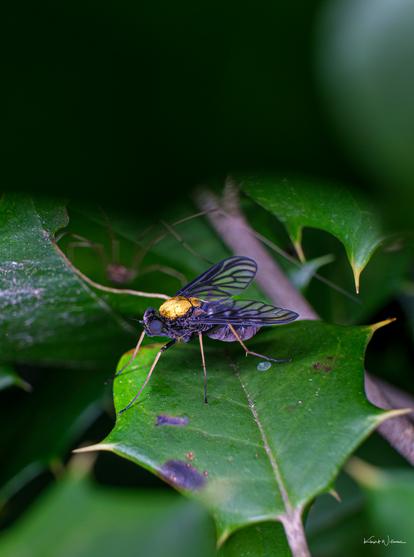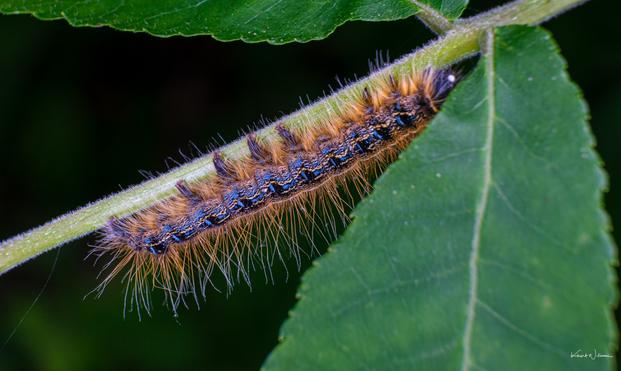Golden-backed Snipe Fly in an X-Factor Suit
The holly leaves were broad and dull in the shade, catching only the faintest light. I wasn’t looking for anything in particular, just moving slowly along a path at Duke Farms, letting the morning settle. Then something flashed—just for a second. A small glint, warm gold against the green.
It was an insect, still and quiet on the leaf. Its back gleamed like metal—bronze, maybe copper—with a sheen that didn’t seem natural at all. I leaned in but didn’t recognise it. It stayed long enough for a photo, then vanished. I don’t think I would’ve noticed it if it hadn’t caught the light. The shimmer didn’t match the leaf or the woods around it. That’s what drew me in. The shimmer stayed with me.
I’d come for Sensational Symbiosis, a class led by a naturalist from Duke Farms. I’d always thought of symbiosis as balance—a give-and-take between two lives. But the fly didn’t seem to fit.
Later that evening, after dinner, I uploaded the image to iNaturalist. The name appeared quickly: Chrysopilus thoracicus, the aptly named Golden-backed Snipe Fly.
The Golden-backed Snipe Fly’s life, I learned, moves through a web of quiet exchanges. The larvae live in the soil, likely feeding on other small invertebrates—predators in the dark, helping shape the balance of what grows and decomposes. As adults, they drink nectar, visiting small woodland flowers and perhaps carrying pollen from one to another.
It’s a soft kind of symbiosis—asymmetrical, not the tight pairing of bee and blossom, but something looser, almost incidental. Golden-backed Snipe Fly don’t bite, they don’t build, they don’t linger. They feed and move on, part of the quiet work that keeps a forest running—one step in a chain of energy linking root to canopy.
The Golden-backed Snipe Fly lived in layers. Rotting wood and leaf litter below. Broad leaves and filtered light above. Larva to fly. Shade to flower. Ground to canopy. Not a partnership, exactly—more a relay of small lives, each handing off something the next one needs.
https://islandinthenet.com/golden-backed-snipe-fly/
